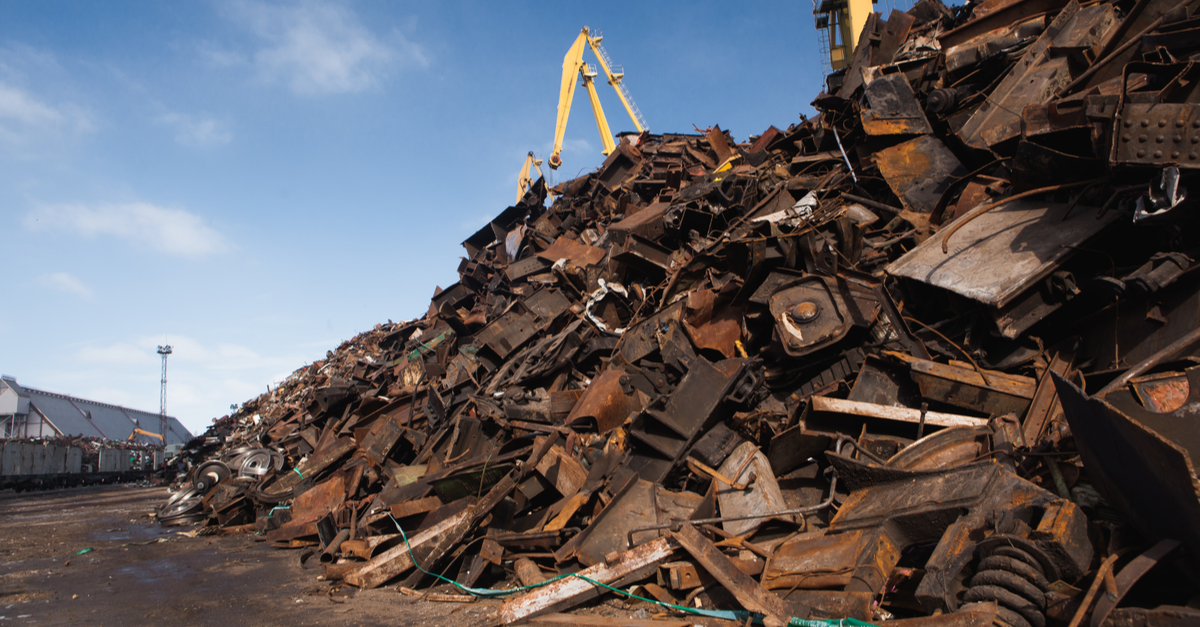
News Global Market scrap metal consumption 4439 18 January 2024
The use of this raw material in steel production fell slightly last year
Global consumption of ferrous scrap last year decreased by 5% compared to 2022, to 588 million tons. This is evidenced by SteelMint data.
According to SteelMint, China, which accounts for 42% of global scrap consumption, increased its imports of this raw material by 5% y/y last year – to 237 million tons. Of the other ten major buyers (together these countries consumed more than 310 million tons of imported scrap), seven reduced their consumption compared to 2022.
The use of this raw material in steel production is falling. In 2023, the ratio of iron ore to scrap in the steel industry was 70:30 (in 2021, it was 69:31). Iron ore consumption in steelmaking increased by 4% last year – to about 2.5 billion tons.
The overall decline in global scrap consumption was driven by lower steel production in Türkiye and key South Asian markets and a reduction in global scrap trade. This was also affected by restrictions in exporting countries.
In particular, in October 2023, the UAE extended the current ban on scrap exports for three months, until December 19. The country first imposed the ban for four months in May 2020 and subsequently extended it to support the domestic steel sector.
The leading scrap exporter in Asia, Japan, which shipped 7-9 million tons in 2018-2020, exported 5.5 million tons of this raw material in 10 months of 2023, relying on environmental protection policies. Restrictions on scrap exports are also being discussed in the EU.
Market participants believe that in the short and medium term, scrap consumption will remain subdued until February. However, there is already an increase in prices for March offers by $15-20/t due to the shipping crisis in the Red Sea. However, some sources believe that this development is temporary and will not disrupt supply and prices for long.
In the longer term, scrap consumption will increase as greener steelmaking methods become more popular. But its availability will decline, as many governments have already imposed restrictions or are in the process of banning the export of this raw material to meet their own decarbonization goals.
As GMK Center reported earlier, in early December last year, global scrap prices rose to their highest level since May 2023. The upward trend has been observed since the end of October. Only China, China, bucked this trend due to high supply, although the market predicted an increase in the cost of raw materials in the short term.




